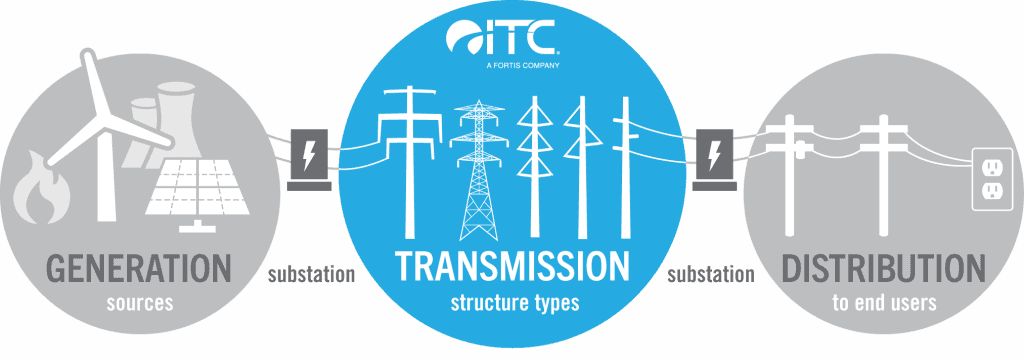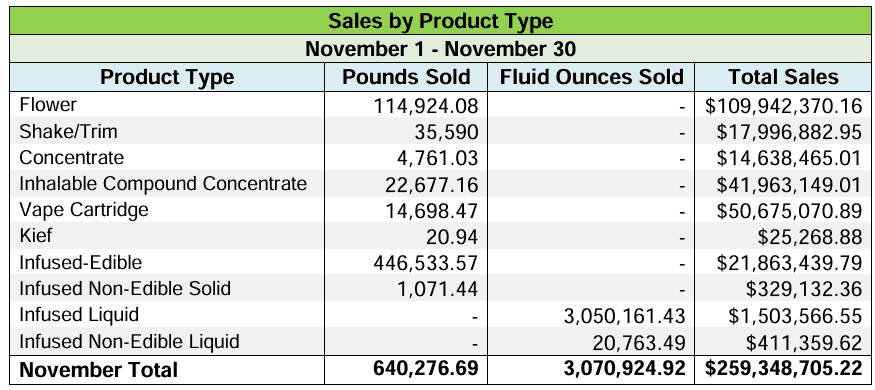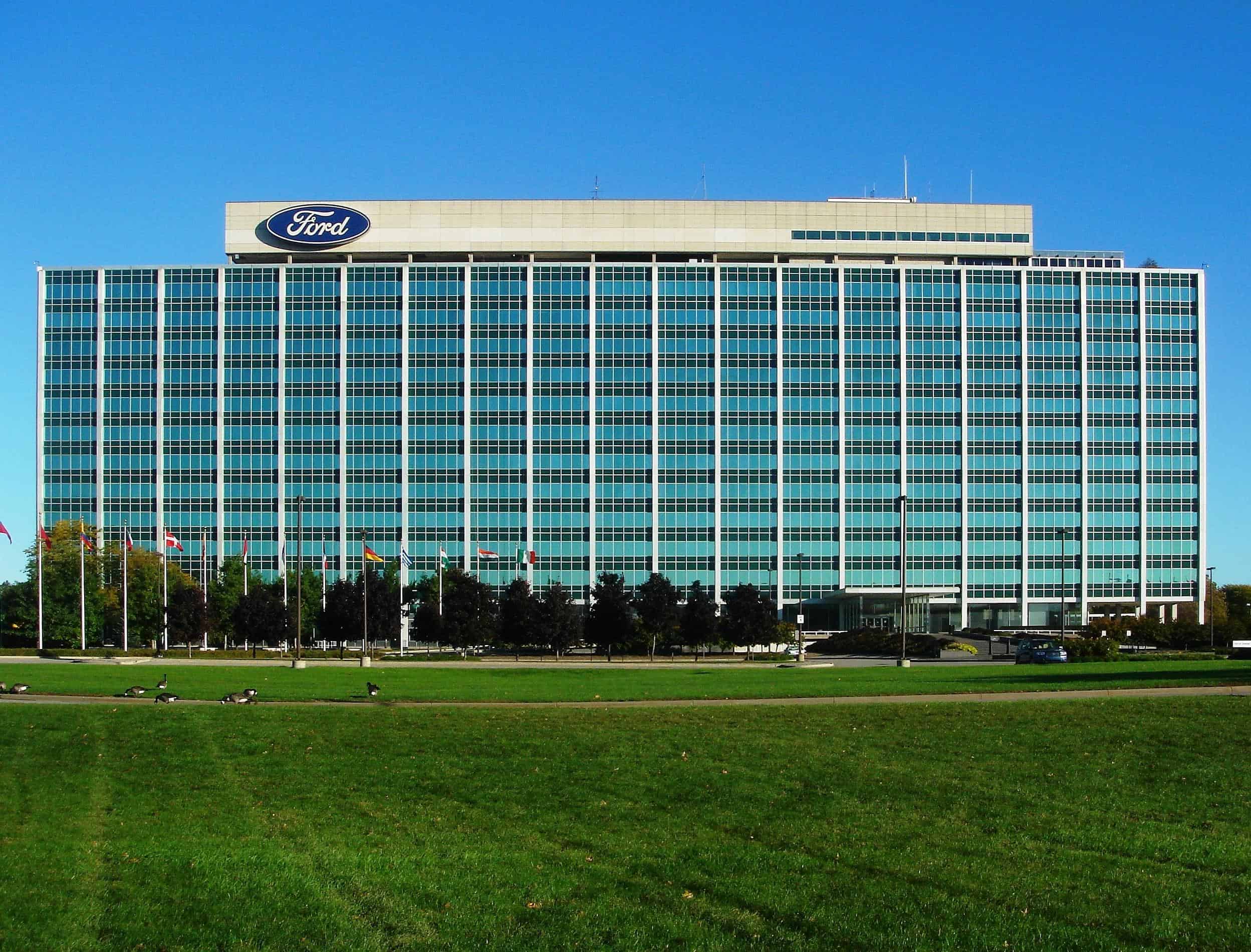DETROIT – Waiting at a red light is hardly anyone’s dream, but this is inevitable in big cities. With the advent of autonomous vehicles though, idling at red lights may become a thing of the past. The researchers at MIT demonstrated a machine-learning approach to controlling a fleet of autonomous vehicles.
MIT researchers are all involved. Human drivers might find it hard to time the red light and adjust the speed accordingly. But this could be achieved consistently by an autonomous vehicle that uses artificial intelligence to control the speed. And with autonomous vehicles slated to take over the streets soon, this could be an exciting proposition.
In a new study, MIT researchers used artificial intelligence to control a fleet of autonomous vehicles as they approach and travel through a signalized intersection to keep traffic flowing smoothly. This has reduced fuel consumption and emissions while improving average vehicle speed. The best results are achieved when all the vehicles on the road are autonomous. Still, it can also work when only 25% use the control algorithm.
The scientists used deep reinforcement learning, where the control algorithm learns to make a sequence of decisions. Thus, the algorithm leverages assumptions learned by a neural network to find shortcuts to good sequences, even if there are billions of possibilities. But the researchers want the system to learn a strategy that reduces fuel consumption and limits the impact on travel time at the same time, which can be conflicting.
To read more, click on Auto Evolution






